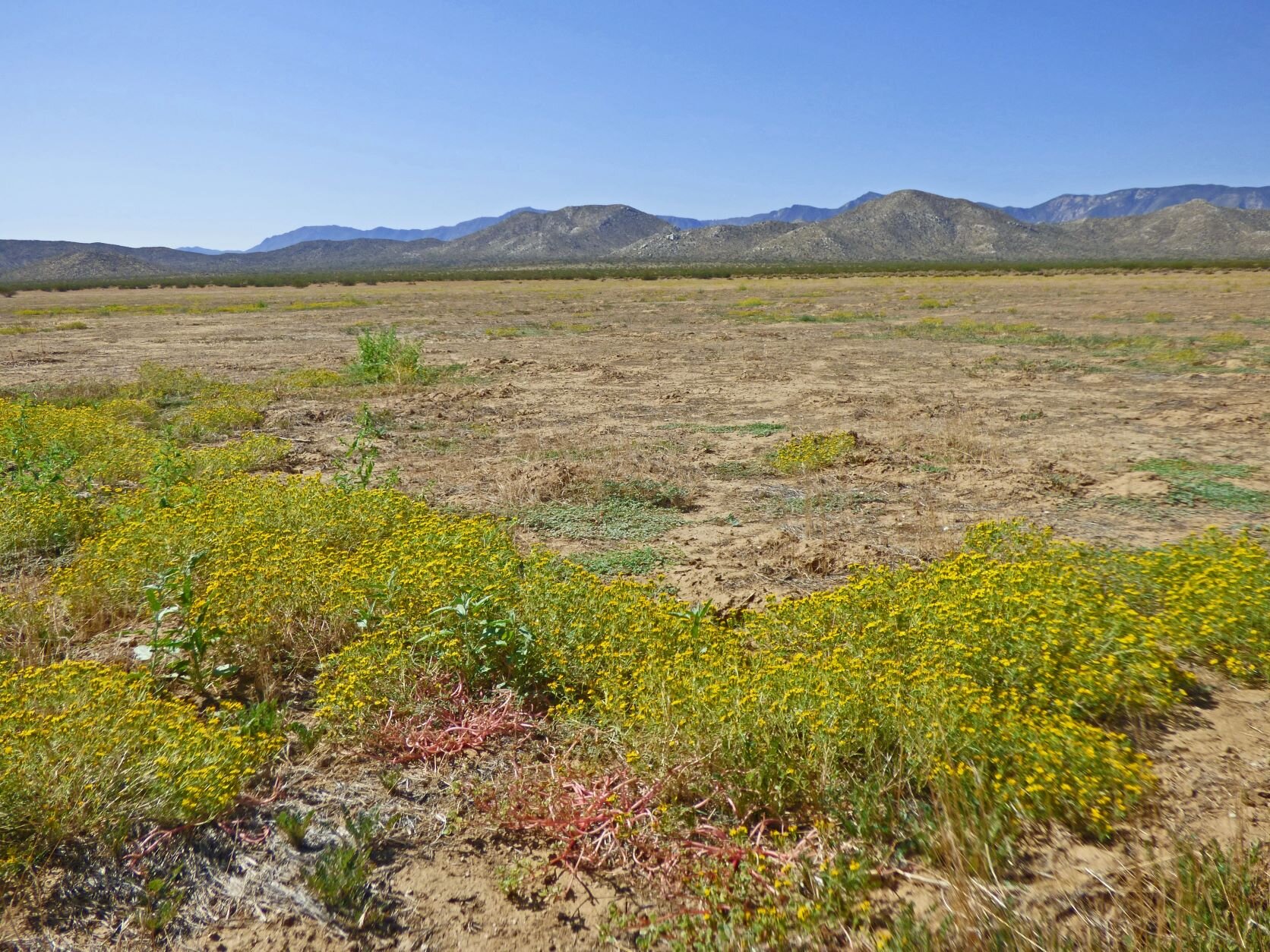By Frank Landis, Chair Conservation Committee
If you’ve been to a chapter general meeting in, well, the last few years, you’ve probably heard me make a lame joke about wearing many hats in CNPSSD. Here I’ve got news for most of the hats. Rather than just writing about conservation, I’m going to write about all of them, to save some newsletter column space.
Chapter Council: State News
As not enough of you know, our parent society, CNPS, has a bicameral governance structure. On one hand,we’ve got the standard state board of directorsnecessary for any non-profit. On the other, because we have 35 chapters ranging from the redwoods of the North Coast to the chaparral of Baja California, we also have the Chapter Council, where representatives of each chapter get together to talk and hash out policy forthe organization. I’m San Diego’s representative to the Chapter Council.
So, here’s news from the Chapter Council.










